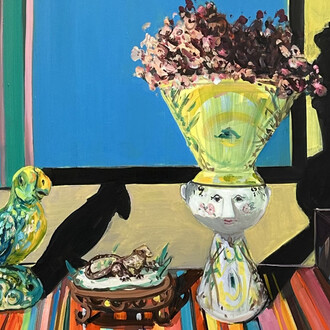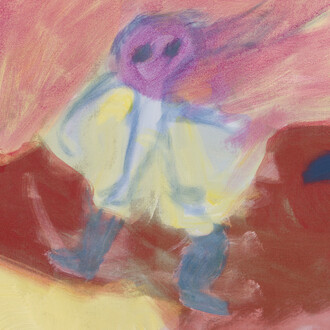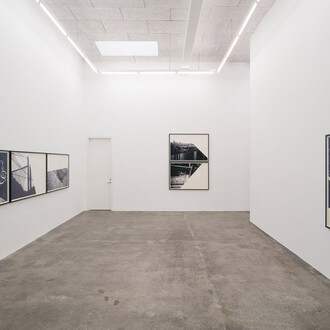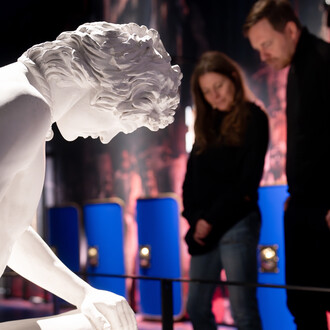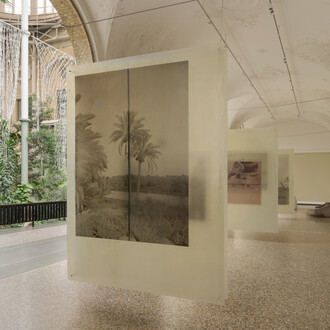Like the wishing-table that sets itself in Grimm’s Fairytales, the exhibition Little table, cover thyself! invites us into a magical world. Richly decorated plates, sweet porcelain figurines, tureens shaped like cabbage heads and drinking jugs the size of buckets. Seven of Designmuseum Danmark’s historical tables will be set with an abundance of cups, pitchers, bowls, pots, forks and spoons to show how table setting has evolved from the Renaissance to mid-century modernism and up until today.
The history of table setting
The interesting development of table setting mirrors how meals have been staged, from the overabundance of the Renaissance and the Baroque, designed to show off the wealth of the host, to the simple and minimal table settings of Modernism.
During the Rococo era, Nature had a special place on the table with lidded dishes shaped like melons, decorated cutlery and pastel figurines. In the 19thcentury, tables setting became gradually more and more sparse, before culminating in the minimalism of Modernism, where decoration of any kind had disappeared to make room for an increased interest in form, material and usability.
Little table, cover thyself! is a historical journey into the world of arts and crafts and materials, from handmade silver centerpieces and delicate Meissen porcelaine decorated by hand to the industrially-made products of Modernism, made in cheaper materials like steel, iron and plastic.









